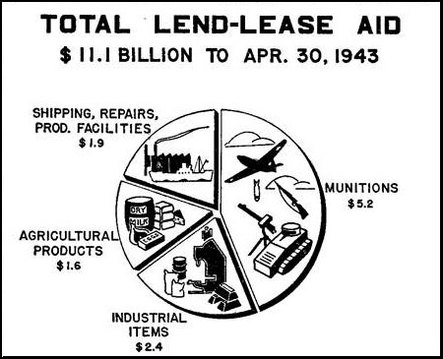Neutrality Acts -
In 1935, the United States Congress created a series of acts called The Neutrality Acts. They were aimed to help keep the United States out of another war. The acts contained provisions that limited arms sales to nations that were not at war, they put the United States in control to keep citizens from traveling to nations and on ships that were engaged in the war, they blocked loans to belligerent nations and nations that were not repaying earlier debts, and forbade U.S. shipping to carry any arms to belligerents. These acts released the United States from any responsibility for actions that could possibly provoke any such situation, and it also released the United States from any obligations of war in certain situations.
Cash and Carry Policy -
On September 21st, 1939 the cash and carry policy was requested by President Roosevelt at the United States Congress. It was during the time that the war was spreading through Europe and it replaced the Neutrality Acts. This revision allowed the sale of certain materials to belligerents. This policy worked as long as the recipients arranged for the transport using their own ships and paid immediately in cash, assuming all risk in transportation.
Lend-Lease Act -
Early on in the war, the United States came up with a plan to help the nations that were fighting against the Axis powers. This plan became known as the Lend-Lease Act. It was passed by congress on March 11th, 1941. The Lend-Lease Act stated that the president was able to ship food, equipment, or weapons to any country whose struggle against the Axis helped U.S. defense.
In 1935, the United States Congress created a series of acts called The Neutrality Acts. They were aimed to help keep the United States out of another war. The acts contained provisions that limited arms sales to nations that were not at war, they put the United States in control to keep citizens from traveling to nations and on ships that were engaged in the war, they blocked loans to belligerent nations and nations that were not repaying earlier debts, and forbade U.S. shipping to carry any arms to belligerents. These acts released the United States from any responsibility for actions that could possibly provoke any such situation, and it also released the United States from any obligations of war in certain situations.
Cash and Carry Policy -
On September 21st, 1939 the cash and carry policy was requested by President Roosevelt at the United States Congress. It was during the time that the war was spreading through Europe and it replaced the Neutrality Acts. This revision allowed the sale of certain materials to belligerents. This policy worked as long as the recipients arranged for the transport using their own ships and paid immediately in cash, assuming all risk in transportation.
Lend-Lease Act -
Early on in the war, the United States came up with a plan to help the nations that were fighting against the Axis powers. This plan became known as the Lend-Lease Act. It was passed by congress on March 11th, 1941. The Lend-Lease Act stated that the president was able to ship food, equipment, or weapons to any country whose struggle against the Axis helped U.S. defense.

